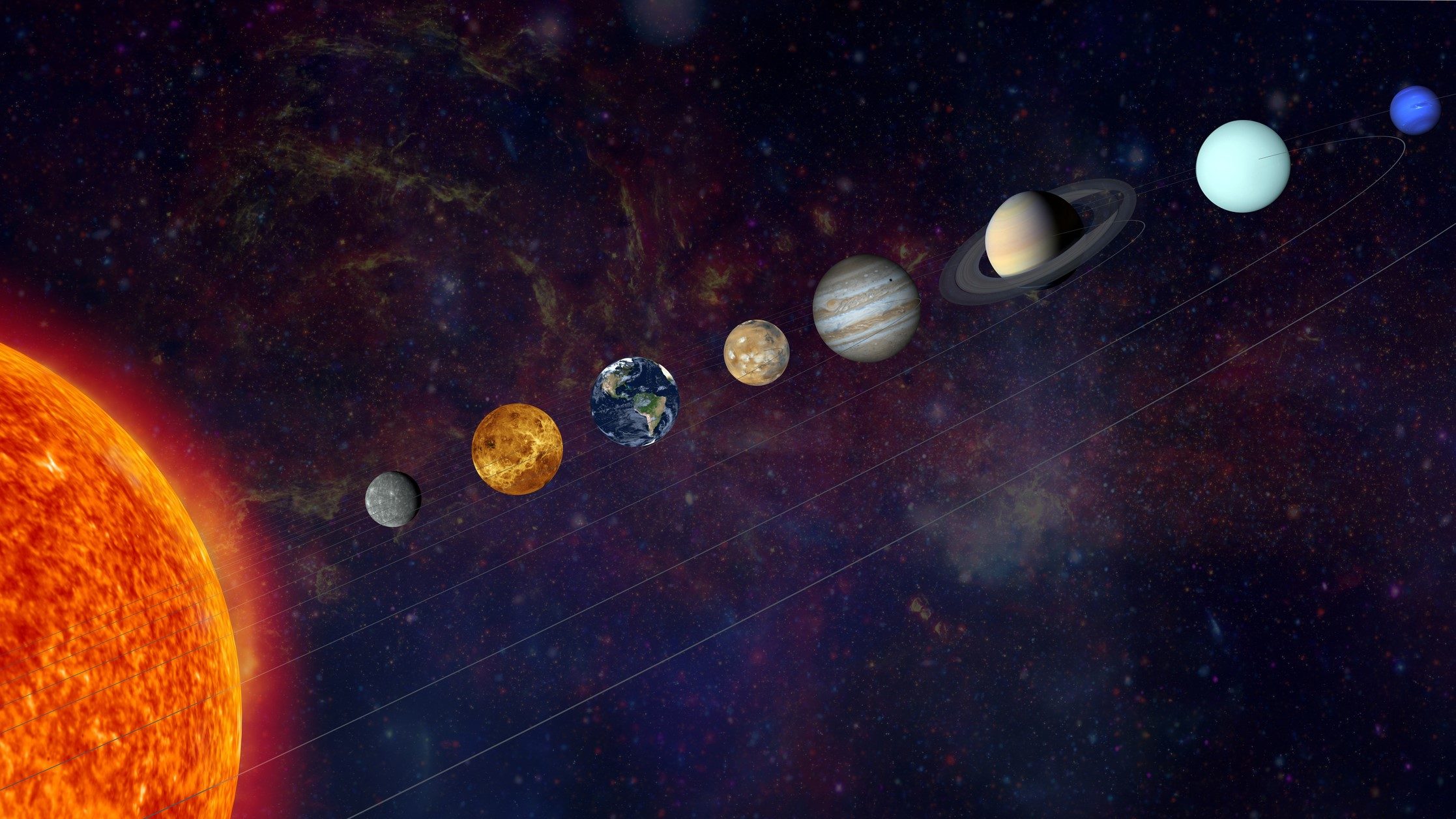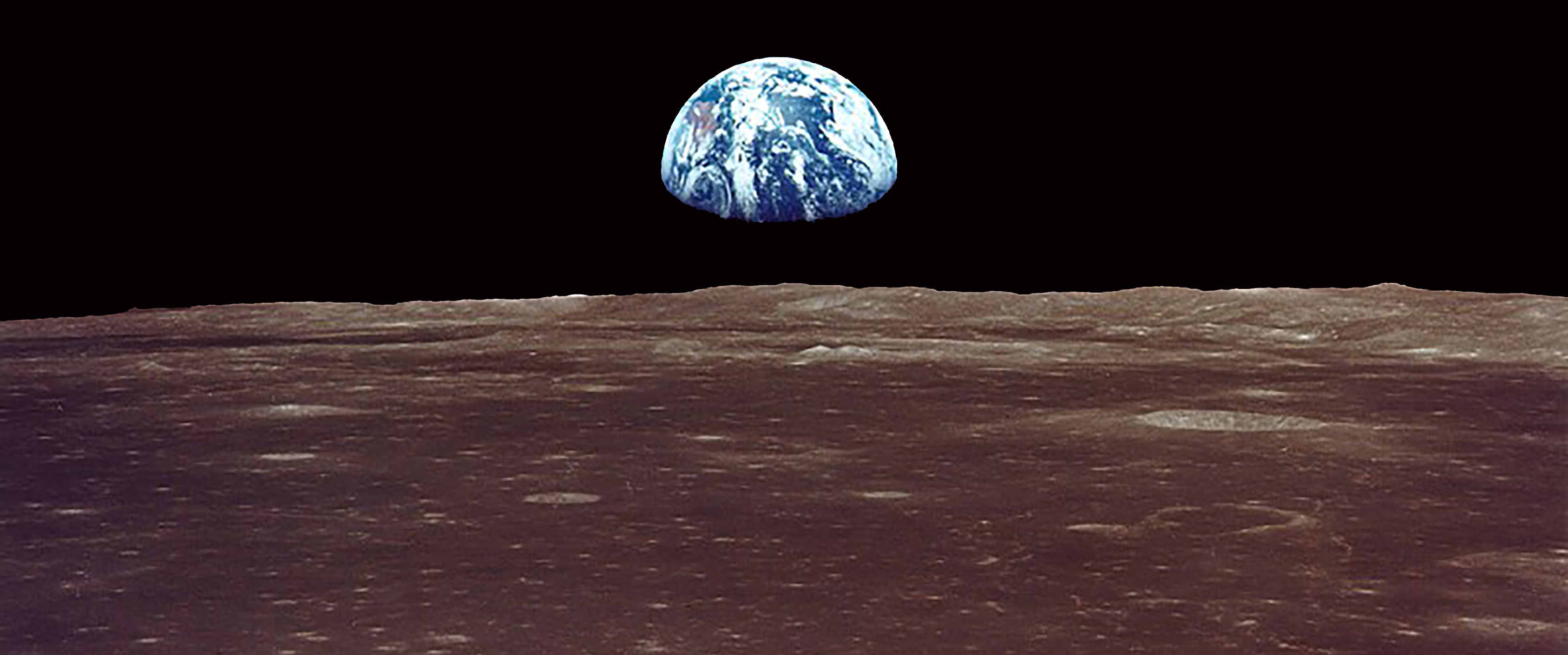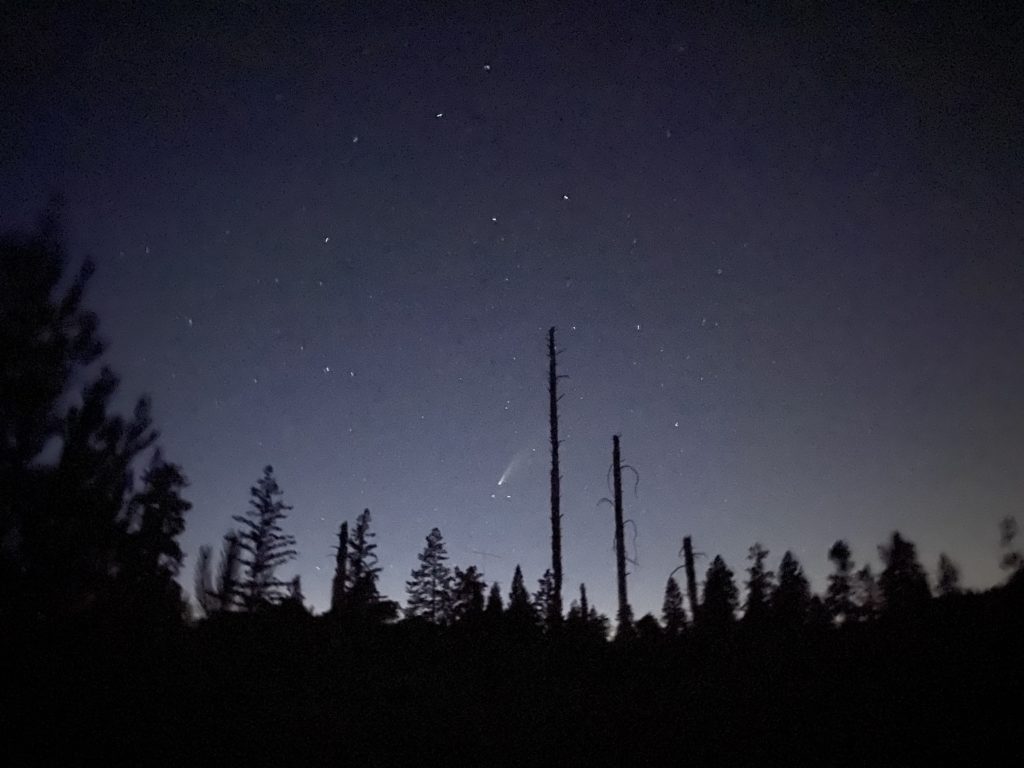Join the Geology Gents, Gavin and Graham, for the second installment of a three-part trilogy exploring the planets of our solar system. March will examine the icy and gaseous planets known as “the giants” — Jupiter, Saturn, Uranus, and Neptune. Watch part one about the terrestrial planets.
About the Series: Join the Geology Gents, Gavin Piccione and Graham Edwards, for monthly conversations about rocks live on Facebook. Each month we’ll explore a different geologic topic, from Santa Cruz formations to tips for being a more effective rockhound. Submit your questions ahead of time by emailing events@santacruzmuseum.org and feel free to include pictures of rocks you’d like identified! Note: you do not need to have a Facebook account to be able to watch the program live.



